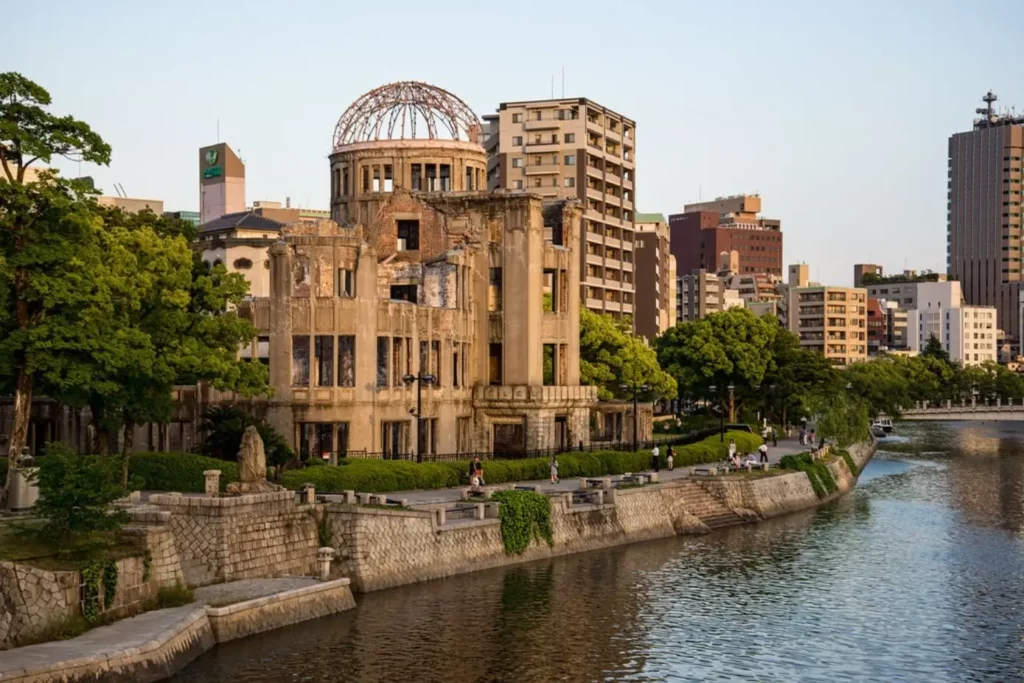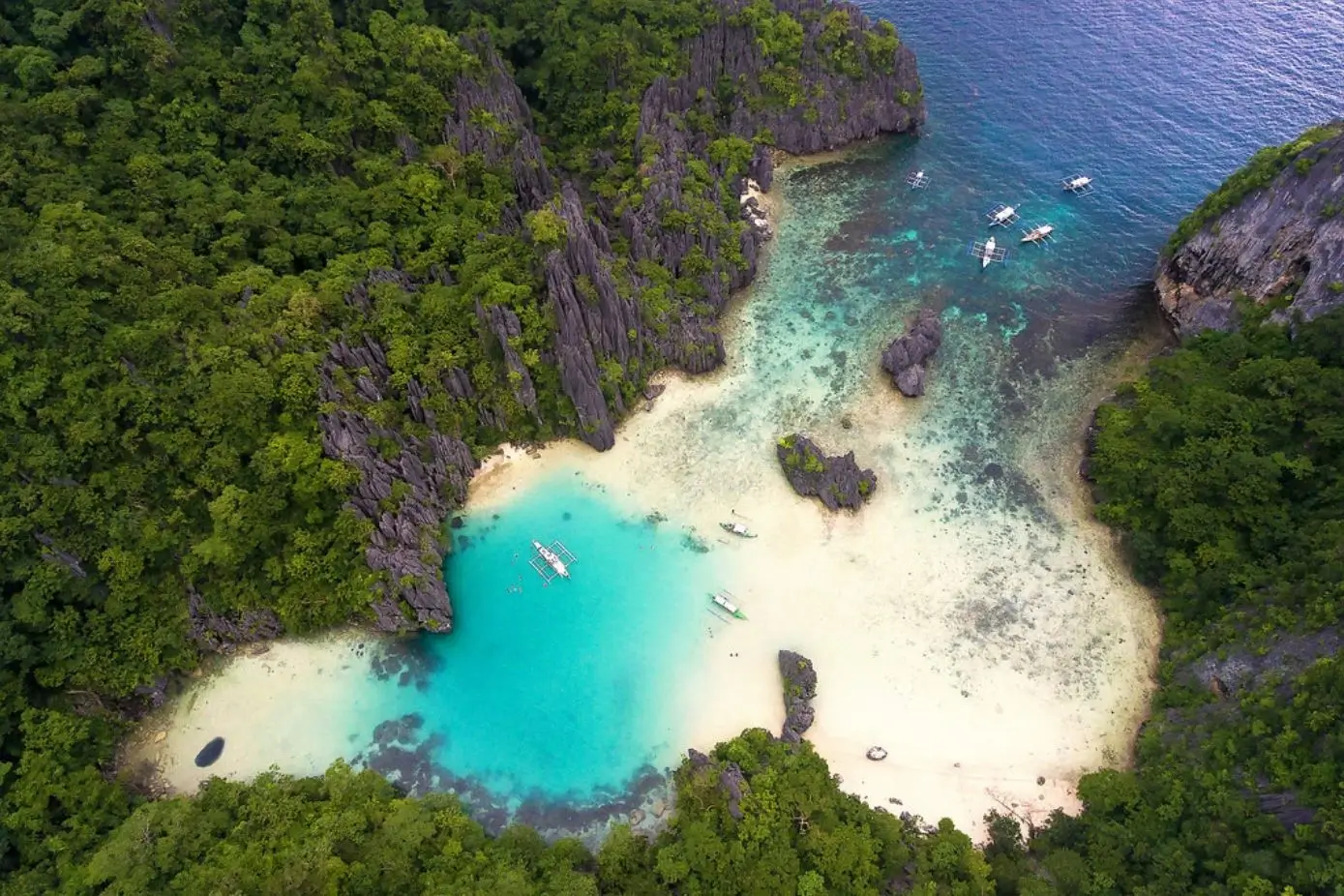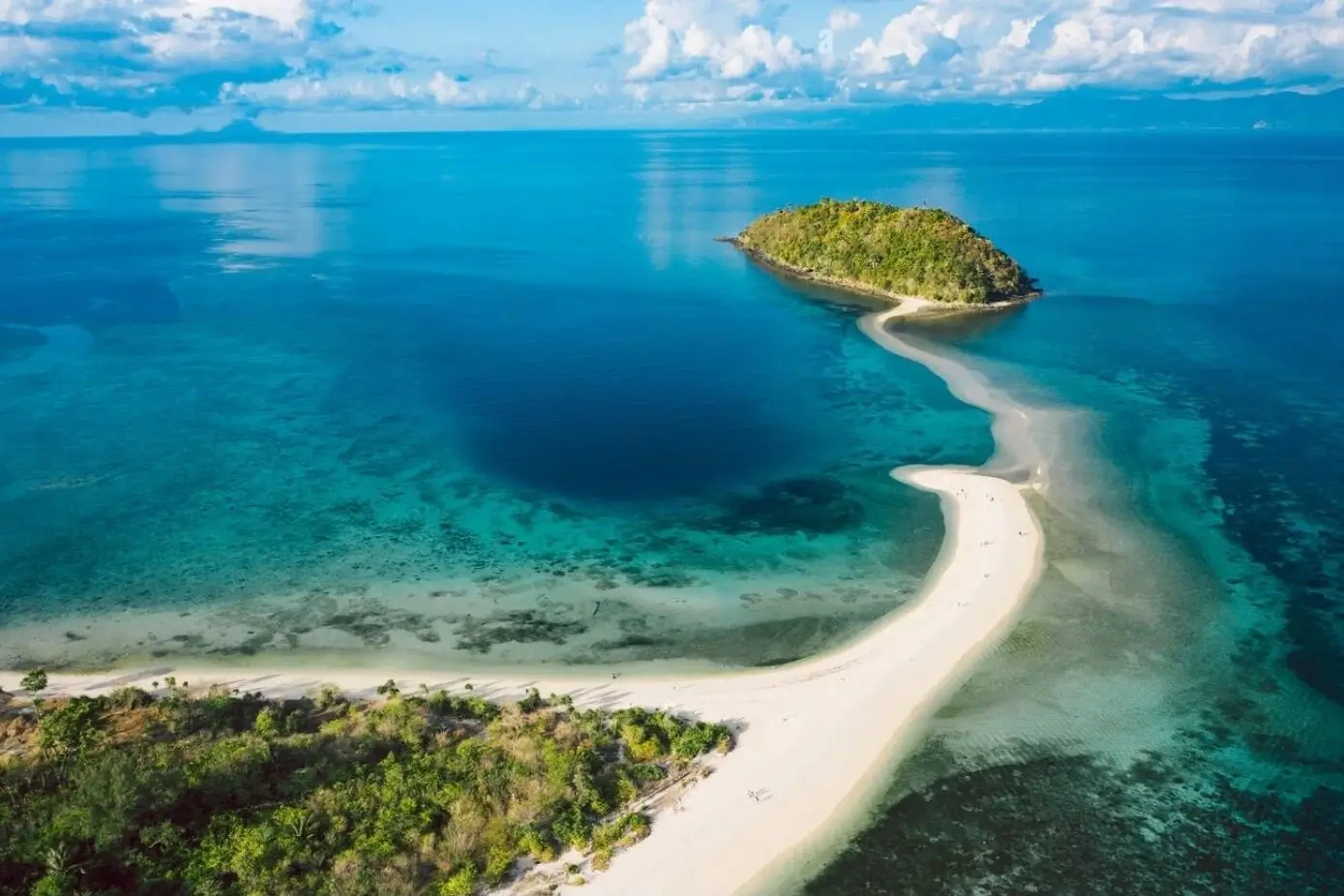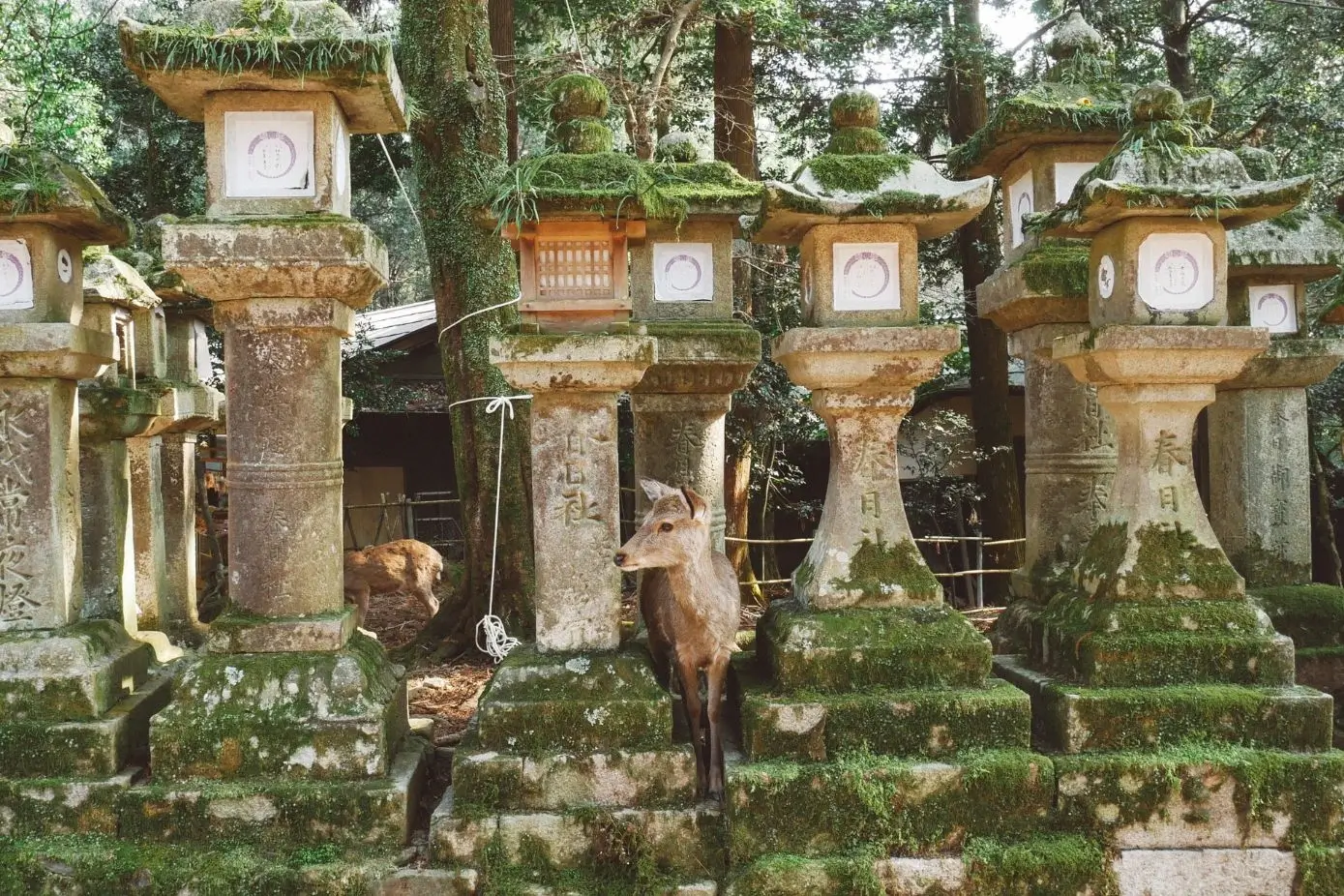Hiroshima, a city reborn from its historical ashes, now stands as a vibrant destination brimming with culture, history, and natural beauty. Whether you’re a history buff, nature lover, or culinary enthusiast, Hiroshima has something unique for you. Here’s your guide to the top 6 things to do in Hiroshima.
Best Things To Do In Hiroshima
- Shukkeien Garden: A Tranquil Escape
- Hiroshima Castle: A Window to the Past
- Hiroshima Museum of Art: An Artistic Journey
- Mazda Museum: For Car Enthusiasts
- Mitaki-dera Temple: Spiritual Solace
- Peace Memorial Park: A Symbol of Resilience
Shukkeien Garden: A Tranquil Escape
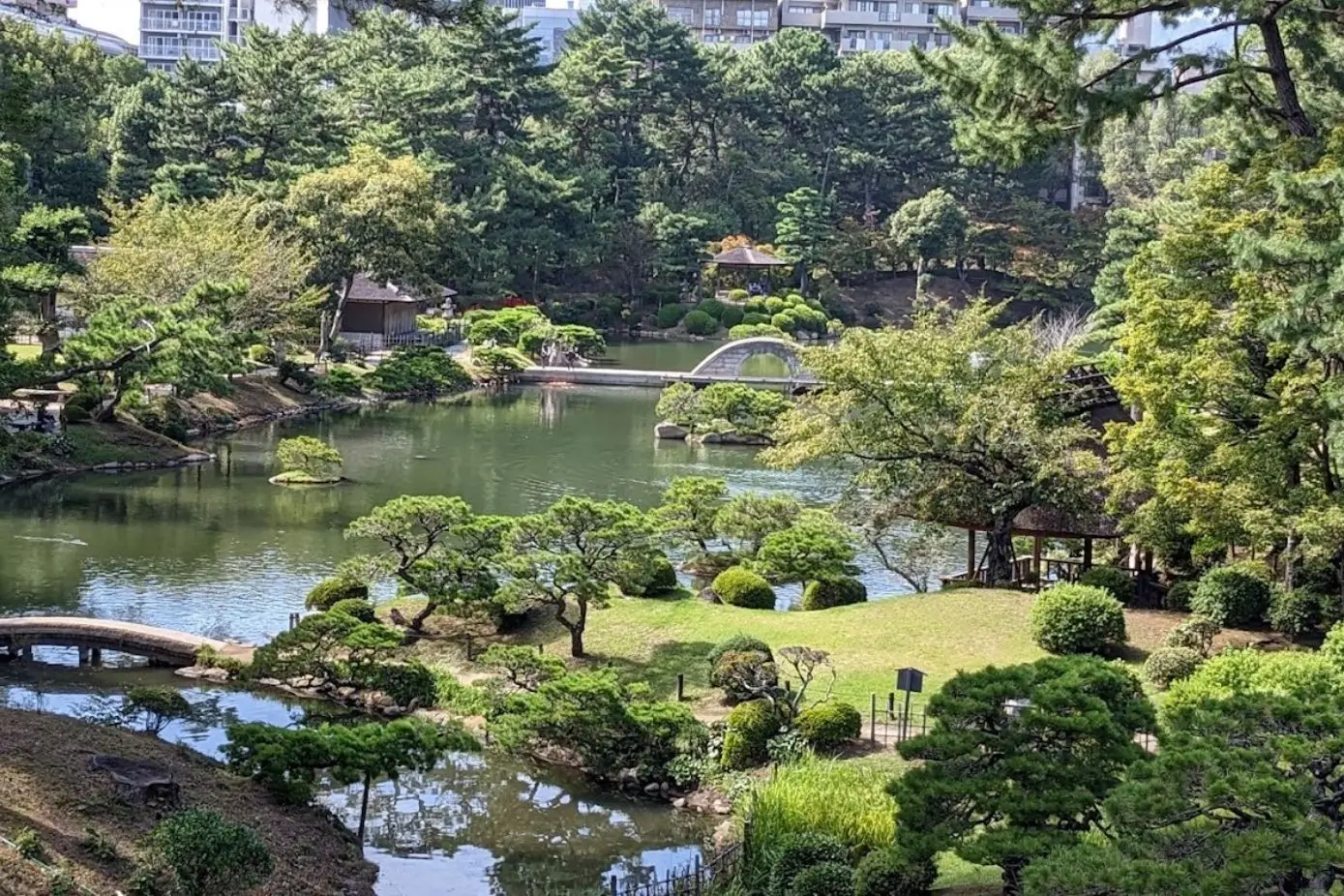
Shukkeien Garden, a hidden gem in Hiroshima, offers a picturesque landscape perfect for relaxation and reflection. Designed in the Edo period, this “shrunken-scenery garden” features miniature valleys, mountains, and forests, beautifully replicated in a compact space. The garden is ideal for strolls, with its koi ponds, tea houses, and seasonal beauty, such as cherry blossoms in spring and vibrant foliage in autumn.
Opening Hours: The garden is open year-round. March 16th to September 15th (9:00 to 18:00) / September 16th to March 15th (9:00 to 17:00) (admission is until 30 minutes before closing).
Entrance Fees: General: 260 yen / High school and university students: 150 yen / Elementary and junior high school students: 100 yen.
Accessibility: Shukkeien is easily accessible from Hiroshima Station and is close to other major attractions in the city.
Hiroshima Castle: A Window to the Past
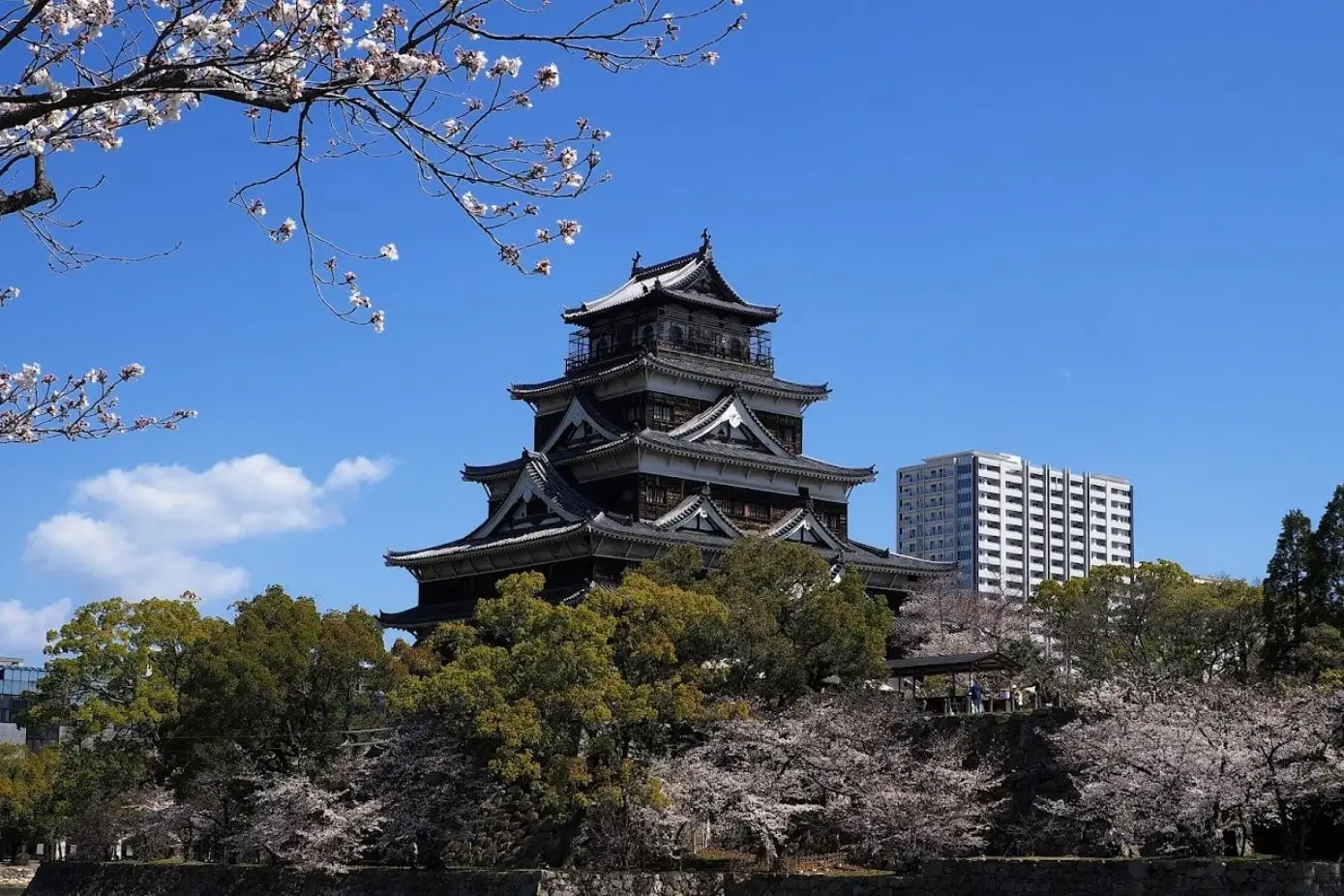
Hiroshima Castle, also known as Carp Castle, offers a glimpse into Japan’s feudal era. Rebuilt after World War II, the castle now functions as a museum, showcasing artifacts and exhibits that provide insights into Japanese history and samurai culture. The castle’s tower, surrounded by moats and lush gardens, offers a panoramic view of Hiroshima city.
Opening Hours: Open year-round, the castle offers visitors the opportunity to explore at their leisure, with extended hours during certain seasons. March to November (9:00 to 18:00) / December to February (9:00 to 17:00) (admission is until 30 minutes before closing).
Entrance Fees: General: 370 yen / Seniors (65 years and older): 180 yen / High school and university students: 180 yen / Elementary and junior high school students: free.
Accessibility: Located in the heart of Hiroshima, the castle is easily accessible by public transport and is close to other major attractions.
Hiroshima Museum of Art: An Artistic Journey
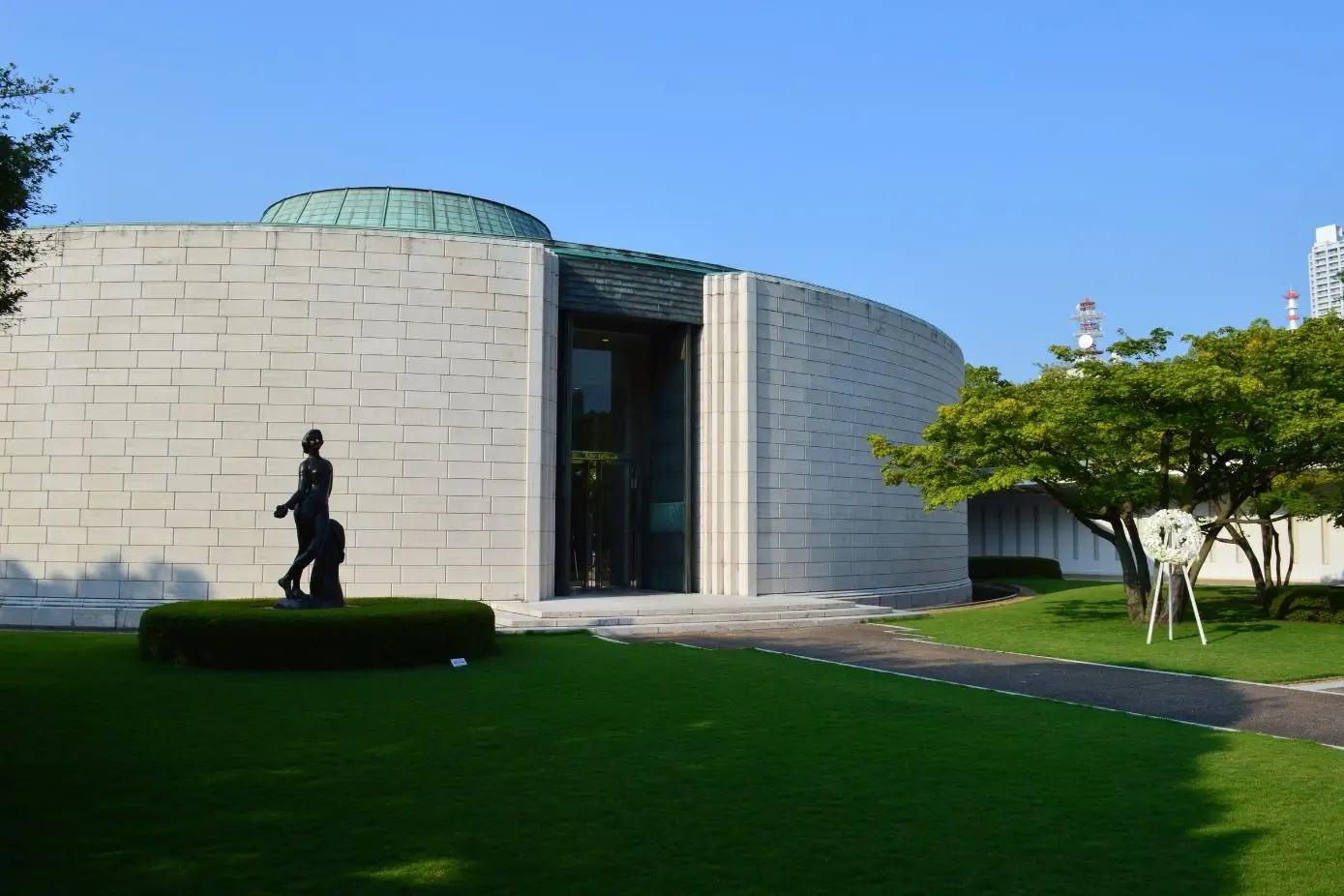
The Hiroshima Museum of Art is a sanctuary for art lovers. Nestled in the heart of the city, the museum houses an impressive collection of European and Japanese art, including works from the Renaissance to the 20th century. It’s a place where East meets West, offering visitors a chance to immerse themselves in diverse artistic expressions.
Opening Hours: Open year-round, the museum offers visitors the opportunity to explore at their leisure. Year-round (9:00 to 17:00) (admission is until 30 minutes before closing). Closed on Mondays (Except national holidays and during special exhibitions), New Year’s holiday.
Entrance Fees: General: 700 yen / High school and university students: 400 yen.
Accessibility: Situated near Hiroshima’s central attractions, the museum is easily accessible by public transport.
Mazda Museum: For Car Enthusiasts
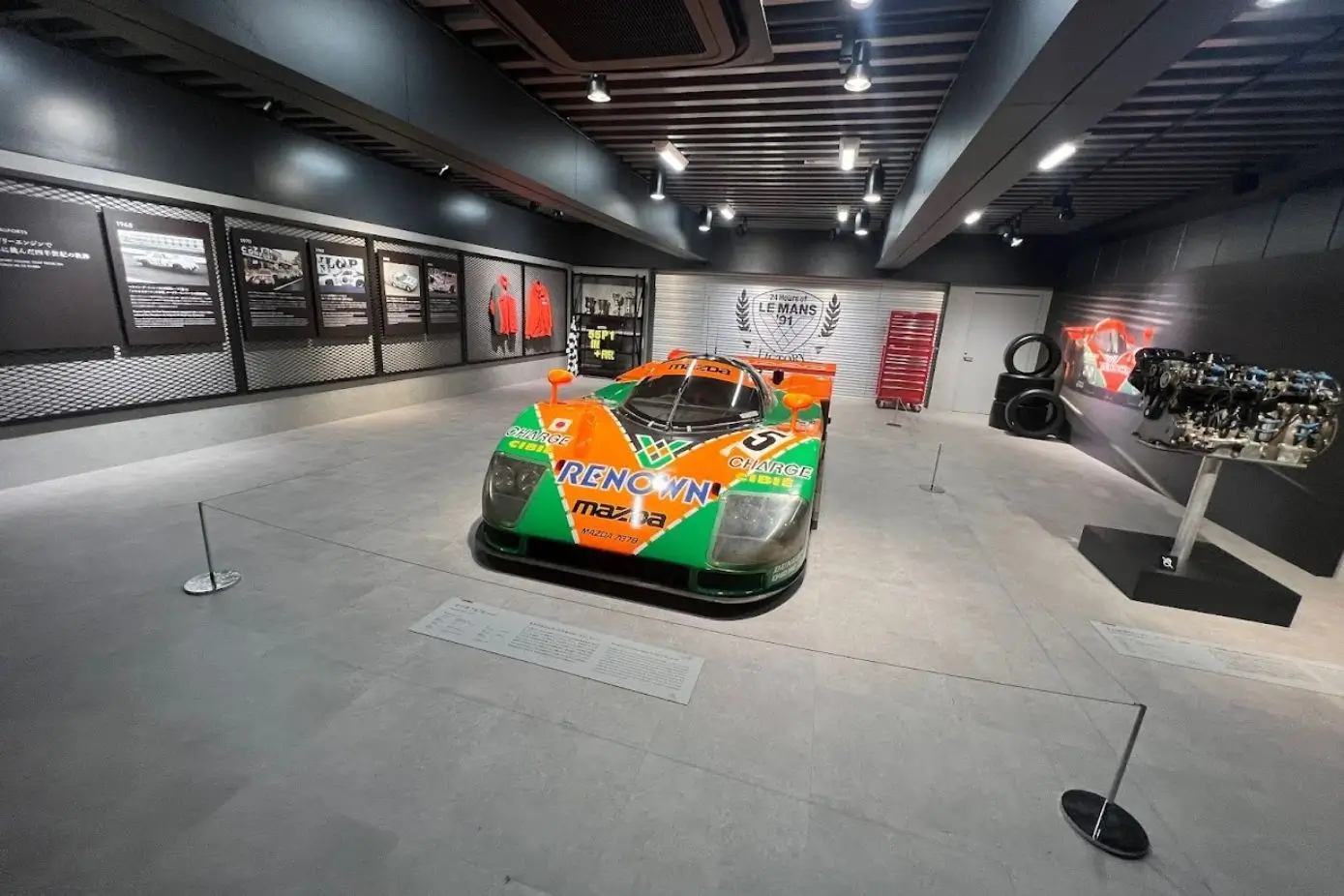
The Mazda Museum presents an engaging experience for automobile enthusiasts. It offers a behind-the-scenes look at Mazda’s car manufacturing process and its history. The museum showcases a variety of Mazda vehicles, from classic models to the latest innovations, highlighting Hiroshima’s significance in the global automobile industry.
Opening Hours: Open Monday through Friday, the 1st Saturday of every month (9:00 to 14:15) (All tours must be booked in advance).
Entrance Fees: Free.
Accessibility: Located close to Hiroshima city center, the museum is accessible by public transport, making it an easy addition to any Hiroshima itinerary.
Mitaki-dera Temple: Spiritual Solace
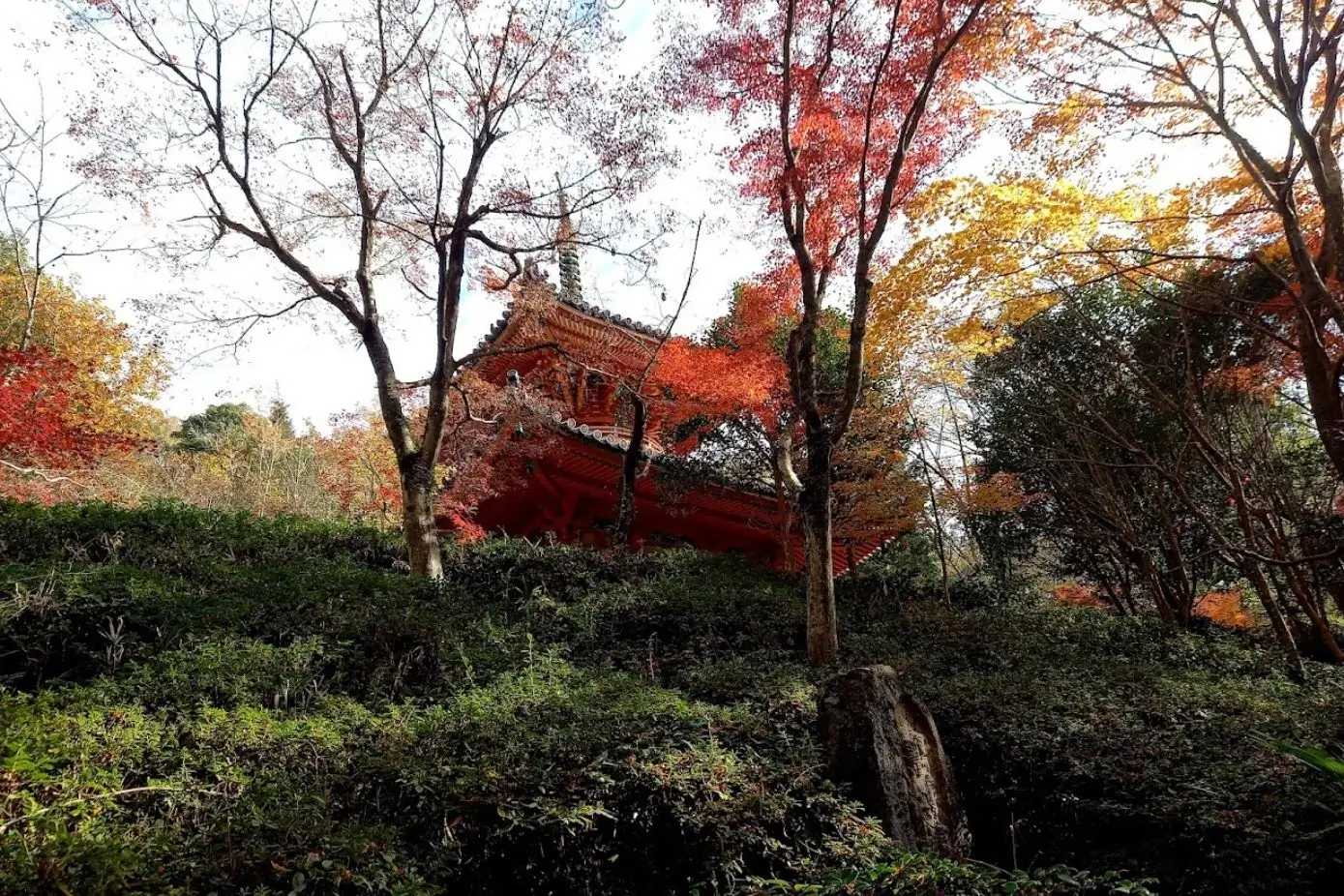
Mitaki-dera Temple, a lesser-known site in Hiroshima, is a haven of peace and spirituality. Surrounded by lush forest, the temple is known for its beautiful pagodas, calming streams, and scenic walking paths. It’s a perfect spot for visitors seeking a spiritual retreat and those interested in traditional Japanese architecture and Buddhist culture.
Opening Hours: Year-round (8:00 to 17:00).
Entrance Fees: Free. Donations are welcome to help maintain this historical site.
Accessibility: Mitaki-dera is a short train ride from Hiroshima city center, followed by a pleasant hike up the hill to the temple.
Peace Memorial Park: A Symbol of Resilience
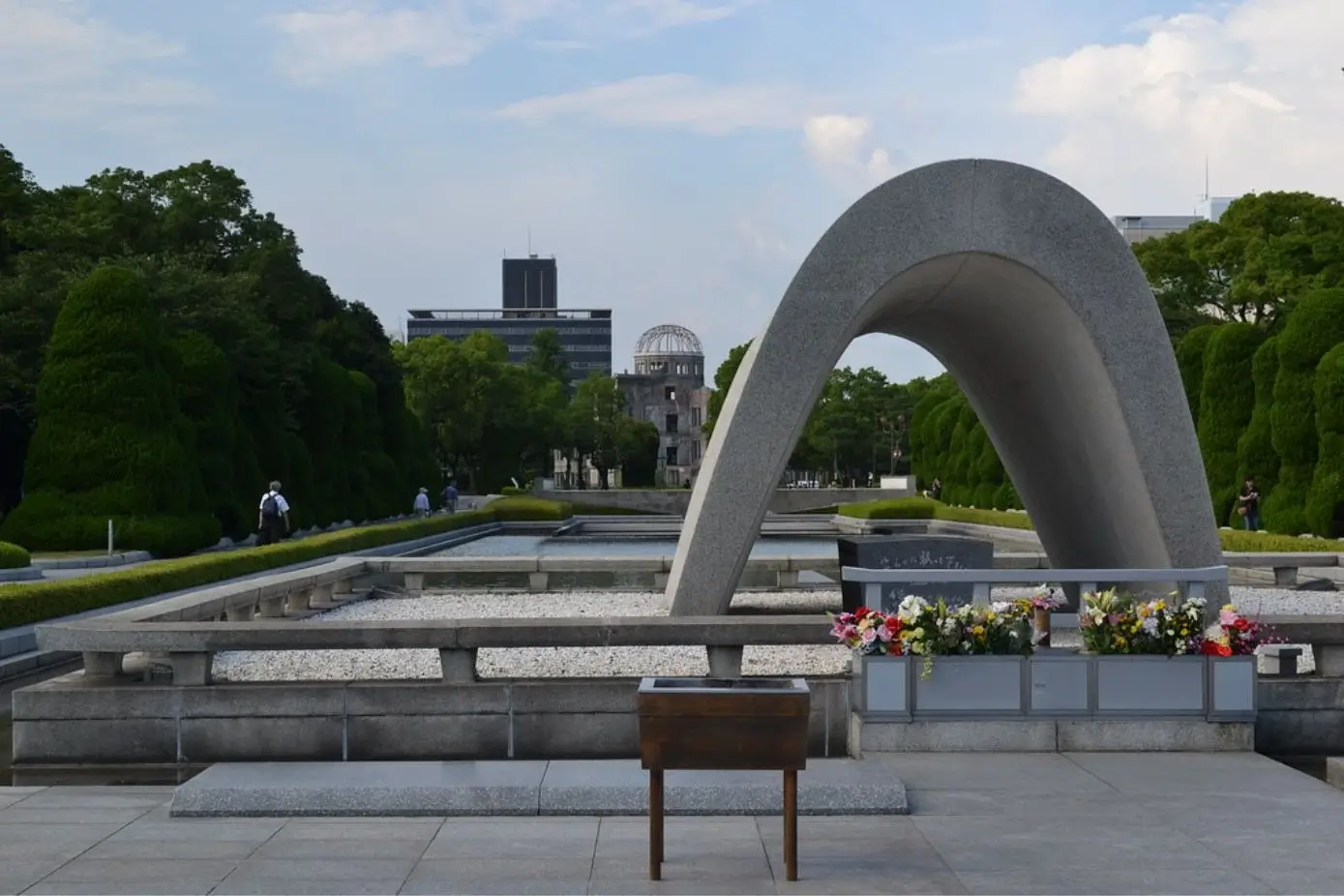
The Hiroshima Peace Memorial Park, while well-known, is an essential visit to understand Hiroshima’s history. The park, a symbol of peace and hope, includes the Atomic Bomb Dome, the Children’s Peace Monument, and the Hiroshima Peace Memorial Museum. It stands as a poignant reminder of the past and a beacon of hope for a peaceful future.
Opening Hours: Year-round all day.
Entrance Fees: Entry to the park is free, but there is a modest fee for the Peace Memorial Museum.
Accessibility: Centrally located, the park is easily accessible and close to other major attractions in Hiroshima.
Final Thoughts
Exploring Hiroshima’s hidden gems allows visitors to experience the city’s rich cultural heritage, serene beauty, and resilient spirit. Each site, from historical landmarks to tranquil gardens, tells a unique story of Hiroshima’s past and present.
FAQ
Spring (late March to April) for cherry blossoms and autumn (September to November) for pleasant weather and fall foliage are ideal times to visit.
Absolutely! Hiroshima offers numerous attractions that are suitable for visitors of all ages.

